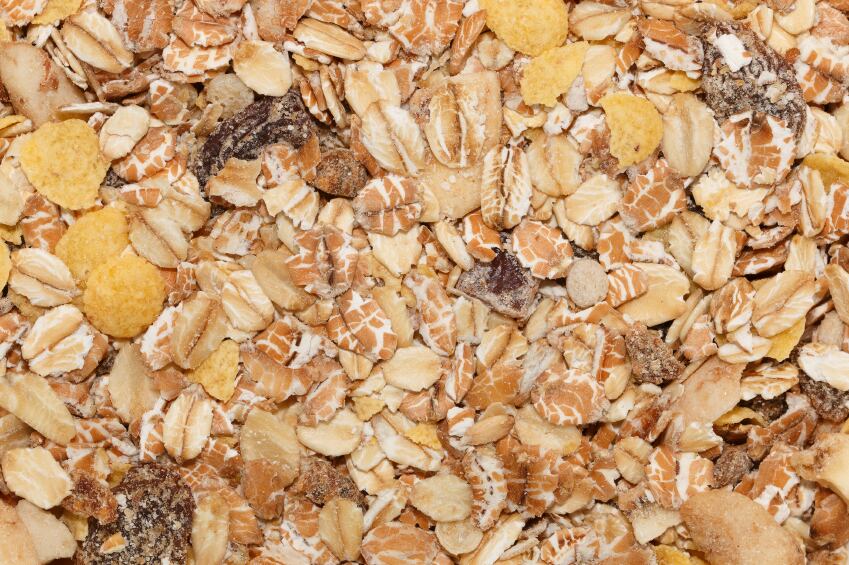While many dietary guidelines include recommendations for specific food items such as fruit and vegetables or milk and dairy products; specific recommendations relating to whole grain intake is less frequently set out, say researchers writing in the British Journal of Nutrition.
Led by Professor Chris Seal from Newcastle University in the UK, the new research found that less than half of all dietary recommendations analysed provided specific information on whole grains (WG).
“Recommendations, if present, were initially classified into two categories: (a) primary, where the recommendation was specific for whole grain and (b) secondary, where the recommendation was made in order to achieve another (primary) target, most often dietary fibre intake,” said Seal et al.
“This lack of a harmonised message may result in confusion for the consumer, lessen the impact of public health messages, and pose barriers to trade in the food industry,” wrote the team, noting that whole grain intake remains low in many countries despite recent evidence pointing towards clear health benefits, and repeated efforts to promote their consumption by government agencies and the industry.
As a result, Seal and his colleagues suggest that a science-based consensus or expert opinion on whole grain recommendations is needed, “with a global reach to guide public health decision making and increase WG consumption globally.”
Study details

Seal and his team surveyed dietary recommendations of fifty-three countries for mentions of WG to assess the extent, rationale and diversity in emphasis and wording of any recommendations. Where present, recommendations were then classified as either ‘primary’ or ‘secondary’.
In total, 127 organisations were screened, including government, non-governmental organisations, charities and professional bodies, the WHO and the European Food Safety Authority (EFSA). Of these 127 organisations, 49 including the WHO provided a WG intake recommendation, said the team.
“Recommendations ranged from ‘specific’ with specified target amounts (e.g. x g WG/d), ‘semi-quantitative’ where intake was linked to intake of cereal/carbohydrate foods with proportions of WG suggested (e.g. x servings of cereals of which y servings should be WG) to ‘non-specific’ based on ‘eating more’ WG or ‘choosing WG where possible’,” the team noted – adding that a lack of clear messaging may be resulting in public confusion.
Possible consensus?

Commenting on the research, Dr David Klurfeld from the USDA noted that while the current situation may lead to consumer confusion and result in trade barriers as a result of different definitions of whole grain, any call for a consensus may be premature.
“The authors … call for a consensus on whole grains but that is a marketing and/or policy decision and not how science progresses,” Klurfeld told FoodNavigator.
The USDA researcher noted the findings of a large systematic review in 2013, which concluded that majority of studies could not distinguish a separate health effect between whole grains and dietary fibre because most whole grains are a source of cereal fibre, “but also that many epidemiological studies defined whole grains incorrectly, including bran cereals in that category.”
Also reacting to the publication of the study, the Oldways Whole Grains Council told FoodNavigator that while unified global whole grain messaging would likely help strengthen efforts to promote whole grains, “it's important to recognise that strong progress has been made in the last decade in raising consumer awareness of the importance of whole grains and increasing the availability of whole grain foods.”
“Similarly, as the health benefits of whole grains continue to mount, we suspect that whole grain recommendations across the globe will only get stronger,” said Ashley Owen from Oldways Whole Grains Council.
Source: British Journal of Nutrition
Published online ahead of print, doi: 10.1017/S0007114516001161
“Whole-grain dietary recommendations: the need for a unified global approach”
Authors: Chris J. Seal, Anne P. Nugent, E-Siong Tee, Frank Thielecke
